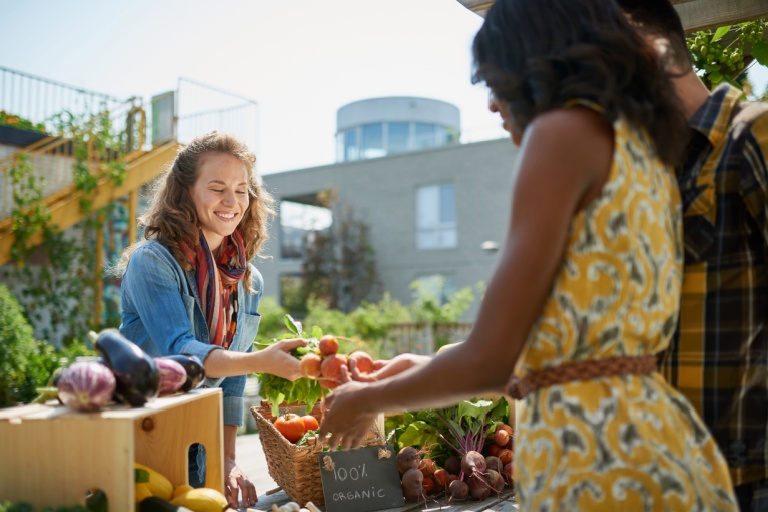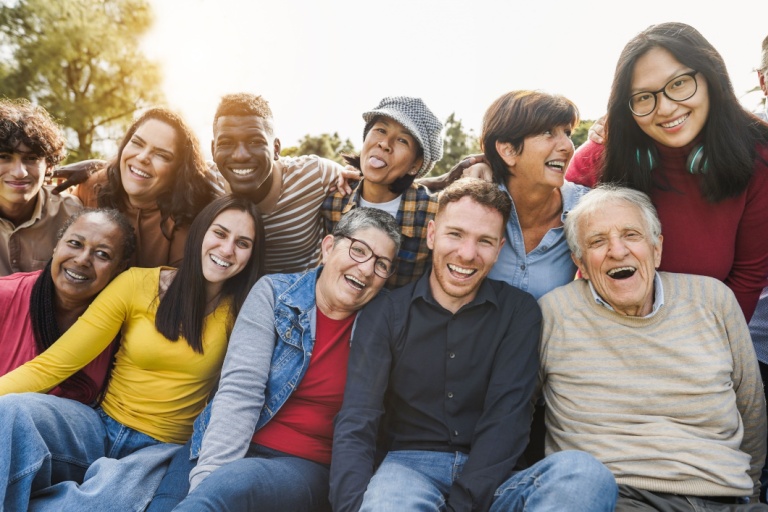In 2025, the conversation around health and healing is undergoing a transformative shift. At the heart of this transformation is the focus keyword: community wellness. While medicine and individual therapies will always have a place, the spotlight is now on shared healing, cultural connection, and the nurturing power of collective care.
As we navigate increasing mental health challenges, the specter of social isolation, and unrelenting chronic stress, people from all walks of life are rediscovering a universal truth: true healing flourishes not just within us as individuals, but within the web of community relationships that bind us together.
Understanding the meaning of community wellness
Community wellness is the collaborative quest of individuals for optimal physical, mental, emotional, and social health. Unlike conventional health models, which focus on the individual, community wellness examines the profound interconnectedness between people and the environments in which they live, work, and play. This approach includes building physical, virtual, or cultural spaces where everyone feels safe, valued, and heard. In this context, wellness becomes a shared journey, an evolving process co-created by the collective, rather than a product to be personally consumed.
The foundation of community wellness is rooted in shared experiences, mutual support, and a deep commitment to collective growth. This interconnectedness emphasizes that nobody thrives alone; each person’s well-being is inextricably linked to that of their neighbors, colleagues, and community.
Clarifying the goals of community wellness
Recognizing that health is built on relationships, community wellness primarily aims to uplift the well-being of all members through prevention, education, inclusivity, and empowerment. Community wellness goals include fostering mental and emotional resilience, building robust social networks, reducing health disparities, and encouraging participation in cultural and communal activities that reflect each group’s unique identities.
These objectives go far beyond mere aspiration — they need meaningful change. Numerous studies show that when communities foster strong social bonds and take proactive wellness steps, rates of mental illness, substance abuse, and chronic disease significantly decline. By targeting equity and access, communities ensure that everyone benefits, especially those who have been historically underserved or marginalized.
Applying the 7 areas of wellness: A guiding framework for holistic health
The concept of community wellness fully embraces a comprehensive framework known as the seven dimensions of wellness:
- Physical
- Emotional
- Intellectual
- Social
- Spiritual
- Environmental
- Occupational
These interconnected domains ensure that well-being is truly holistic. When a community invests in environmental improvements — such as planting a community garden — it uplifts emotional health through nature’s calming influence, enhances social ties through shared labor, and provides occupational skills and opportunities for residents. Focusing on all seven dimensions creates a thriving ecosystem where every member can flourish, and growth in one area tends to bolster the others.

How society wellness harnesses the power of shared healing
Society wellness, or social well-being, takes the collective approach even further by transitioning from a holistic framework. It underscores the reality that well-being is not an isolated phenomenon. When communities suffer — whether through trauma, disconnection, or inequality — the well-being of all their members is impacted. In 2025, as societies grapple with the scars of pandemics, climate crises, and growing divisions, the call for shared healing is more urgent than ever.
Healing does not happen in isolation; it is most powerful when embedded within supportive networks that are culturally relevant and compassionate. Bringing together people from diverse backgrounds to share their stories and healing journeys can break down barriers and foster deeper understanding. In this way, society’s wellness is not simply about the absence of illness, but the active, collaborative creation of environments where everyone can heal and grow together.
Exploring essentials and real-world examples of community wellbeing
So, what makes community wellness truly effective? The essentials include:
- Safe and inclusive spaces where everyone feels welcome
- Reliable access to mental and physical healthcare
- Rich opportunities for creative and cultural expression
- Platforms dedicated to storytelling, empathetic listening, and dialogue
Real-world examples bring these principles to life. “Healing Together 2025” is a community event founded on connection, culture, and care. Through shared experiences, such as group dance, music, and open dialogue, participants experience profound emotional healing. These events bridge generational, racial, and economic divides, fostering unity and understanding. Wellness thrives in communities that prioritize equity, encourage active participation, and celebrate diverse cultures with vibrancy.
Healing together: Cultural connection and collective care in action
Building on the example of shared experiences, the true heart of community wellness lies in cultural connection and collective care. In 2025, healing is found not in top-down, impersonal health directives but in renewed engagement with age-old human traditions — storytelling, ritual, and mutual responsibility. Peer-led circles and community art projects are flourishing. Diverse neighborhoods see elders lead breathwork sessions and youth take the reins in mental health town halls. Immigrant communities are reviving traditional healing methods, enriching everyone with wisdom from their cultural heritage.
The message is clear: everyone in a community has a role in nurturing collective care. Cultural and social ties are not mere supplements to health, but central threads that hold the fabric of wellness together.

Looking to the future of community wellness: What lies ahead?
As we move forward, technology’s rapidly advancing tools will blend seamlessly with human connection to expand the reach and depth of community wellness. Innovations, such as AI-driven wellness agents, virtual support groups, and interactive community health dashboards, empower individuals and groups. Yet, these tools always remain secondary to the primary goal: fostering authentic, heart-to-heart human connection.
Public health is evolving from a reactive approach to a relational one, shifting the narrative from “What’s wrong with you?” to “What happened to us — and how do we heal together?” This change encapsulates community wellness’s forward-looking vision: decentralized, democratized, and rooted in collective care.
Conclusion: Community wellness is our path to collective healing
By 2025, community wellness will not be just an ideal — it will become a vital necessity. Anchored in connection, culture, and collective care, this movement empowers individuals and strengthens entire neighborhoods. Community wellness is redefining what it means to be truly well. As we look toward the future, we must recognize that our greatest medicine may reside within the hearts and hands of each other.
Communities that embrace collective wellness practices are setting the foundation for more resilient, equitable, and joyful societies in the decades ahead. We step together toward a brighter, more interconnected future through shared healing and mutual care.
Follow us on X, Facebook, or Pinterest

